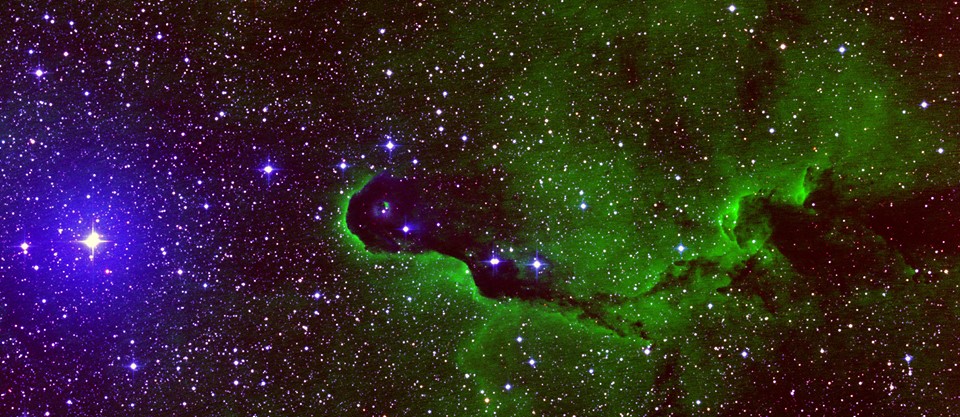
Young forming stars vary in brightness on various timescales and amplitudes.
Investigating these variations at different wavelengths does allow us to infer the physical reasons for the variability. These could for example be: Changes in the mass accretion rate, changes in the line of sight column density caused by material in the protostellar accretion disk, hot or cold spots and rotation of the central star, or more likely a combination of these.
We are studying the long term changes of the mass accretion rate in young stars as well as the structure and properties in the inner accretion disks using long term, high cadence, multi filter datasets. These are either taken with our in house observatory (Beacon Observatory), taken as part of our HOYS-CAPS Citizen Science Project, or other publicly available datasets such as e.g. VVV(-X), GAIA, PTF, ASAS-SN or AAVSO.
All sky dome of the observatory which houses our 17″ Plane Wave Astrograph telescope. On the left you can see the weather station associated with the observatory.
There are multiple, linked, projects available that utilise these datasets. i) Observational study of lightcurve dips caused by material in the inner accretion disks around YSO; ii) Numerical modelling of inner accretion disk structures and comparison to observed properties of lightcurve dips; iii) Characterisation and unsupervised classification of light-curves of aperiodic variables; iv) Identification and variability characterisation of H-alpha emission line sources; v) Identification and characterisation of periodic variables, including rotation period measurements of Young Stars.

Image taken with the observatory of the Elephant Trunk Nebula (IC1396A). This combines images taken in the Visual (blue channel), Halpha (green channel) and the I-Band (red channel).
For more information please contact Dr. Dirk Froebrich.